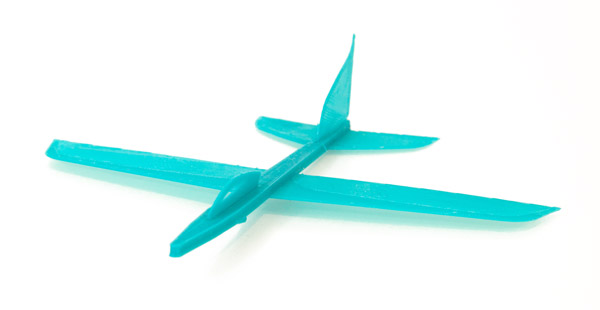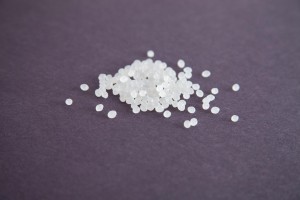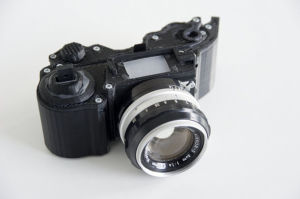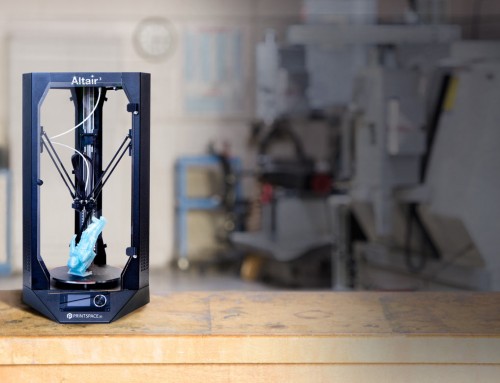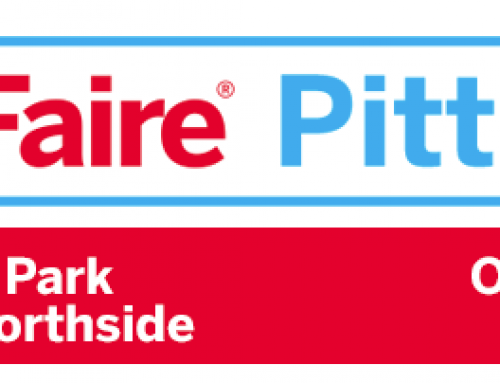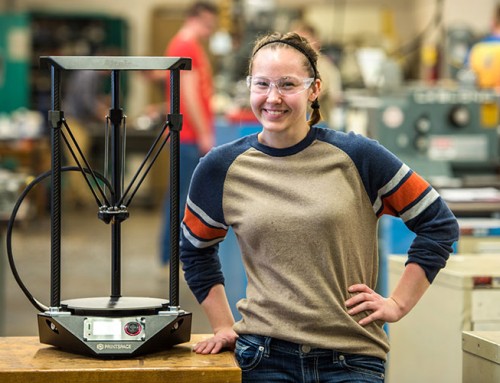As the new year begins, it’s worth considering the projects that you’ve finished over the past 365 days. Some may only be half-complete, or put in the “it was a good idea at the time” pile, but no matter. It was worth a shot. Let’s look to the future–what new things are there to print, or new techniques to try? 3D printing is a hotbed of innovation so it’s good to keep following what is happening in the industry. Here are some things to consider as 2014 draws to a close and 2015 begins:
Flying Things to Print
For a more complex project that works with multiple parts and incorporates electronics, one of the cooler options is making your own drone. It shows off some of the potential for printing uniform, functional parts at home for making your own device. There are a number of projects out there, including these on Thingiverse.
More Options Than Just ABS and PLA
Although most people start with ABS or PLA, depending on if their printer originally comes with a heated bed, there are a variety of other custom filaments out there. Nylon is typically a good material to start branching out into. It’s pretty resilient, and there’s a lot of previous experience to draw from online. From there, there’s a plethora of other filament, from fake wood, to partially metallic, to carbon-fiber reinforced. They tend to be more expensive, but can provide a look and other properties that can’t be achieved by ABS that’s simply been dyed.
By the Spool? Why Not Try Pellets?
Continuing with the theme of new things to try with filament, making your own is pretty well documented at this point. Basically, you take pellets of the plastic you want to work with and feed them through an extruder nozzle at the glass temperature of the material. PLA pellets are readily available, although some people have had luck recycling HDPE (the plastic milk jugs and detergent bottles are made out of) and other common plastics. Dyes and other additives can be incorporated to give the final filament the properties you are looking for, but this takes some experimentation.
There are a number of different filament extruders on the market right now.
A Real Challenge – Printable Cameras
Film cameras appear to be on the decline since every phone made now has a camera incorporated into it, but they still have some advantages. For example, they are mostly mechanical – no batteries necessary. Several folks have jumped on this, and started printable camera projects. From a simple pinhole camera, to a more complex 35 mm from the OpenReflex project that accepts standard lenses, there are models out there to print all the necessary components for a working device. You may even be able to print the lenses (in acrylic, instead of glass) soon. Pick up some film and try giving one of these a shot this year.
Print for Those in Need
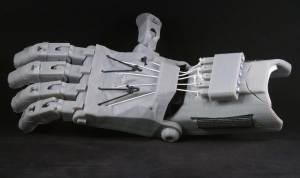
The Raptor Hand model printed by the E-nabling The Future community. Image Courtesy of E-nabling The Future.
Finally, a staple of New Years is the resolution – a decision to be a better a person and improve yourself and others. Using the momentum from some of the early printed prosthetic hands and their iterations, E-nabling The Future is a non-profit that provides printed hands for those in need. They accept donations of printed parts (or money to fund the hardware necessary for assembly) for these hands.
This year, try printing for those in need.
